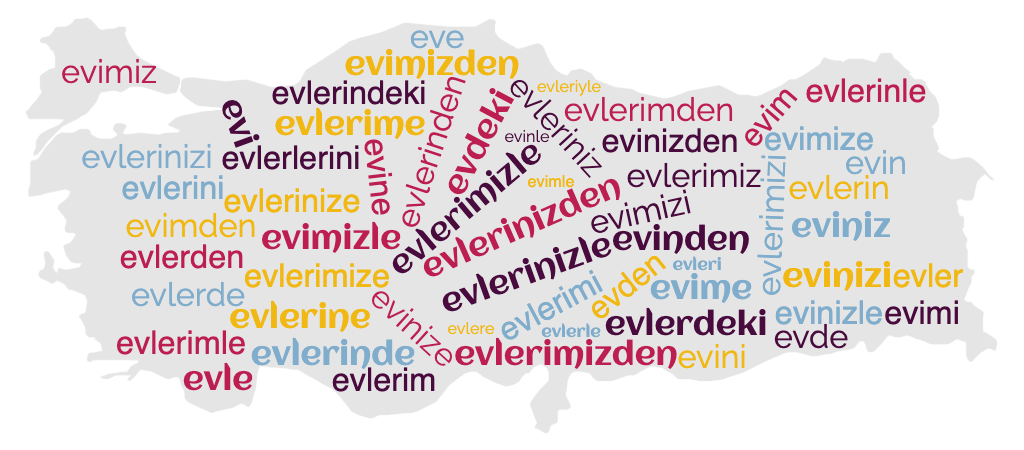Turkish Morphological Analysis
In linguistics, morphology is the study of words, how they are formed, and their relationship to other words in the same language. It analyzes the structure of words and parts of words such as stems, root words, prefixes, and suffixes.
Wikipedia
About Turkish Morphology
highly agglutinative
Suffixes are attached together just like the beeds on a string.
has inflectional suffixes
Lots of suffixes exist for case, tense, mood, plural and etc.
has derivational suffixes
Productive since new words are derived with suffixation.
suffixes may be enclitic
The syntactic function of the word may be determined by the suffix.
Morphological Productivity
Likewise other agglutinative languages, Turkish poses various challenges due to its rich morphological structure. It has both derivational and inflectional suffixes and more than 20,000 valid wordforms can be formed from a single noun root. This property of Turkish results in very large vocabulary sizes and traditional vocabulary based methods that work well for other languages with relatively simpler morphological structures fail to achieve high performance.

Morphological Analysis
Morphological analysis is determining the parts of the words, namely morphemes. For some languages such as English, the morphological analysis task is not very complex whereas it is much more complicated for some languages like Turkish, Finnish, Hungarian and Czech. The complicated morphological processes of those languages may end up multiple derivations and/or inflections by the suffixes agglutinated each other, just like the beeds on a string. Therefore, for those languages, morphological analysis is required to have a better understanding of the words, syntactical structure and semantics.

Interested in Turkish Morphology?
Click for an excellent paper about Two Level Description of Turkish Morphology.
OpenOur Turkish Morphological Analysis Module Features
Lightning Fast
Thanks to finite-state-transducers, our morphological analysis module is lightning fast.
Wide Coverage
Although theoretically the set of Turkish wordforms is infinite, we have a very wide coverage.
Disambiguation
Our deep learning based disambiguator identifies the correct morphological parse in the context.
Do you want to try your own examples ?
Check our demo page to see Turkish.AI in action.